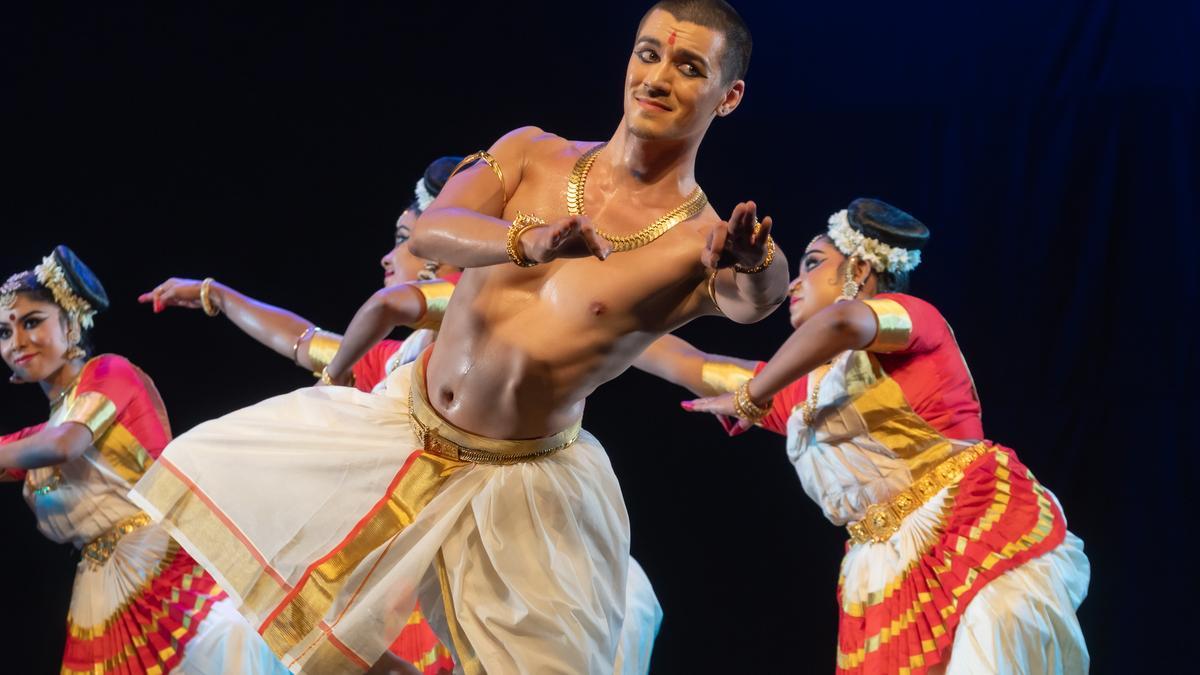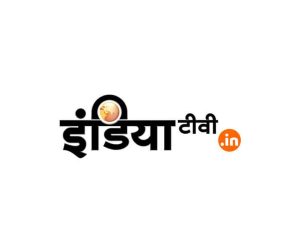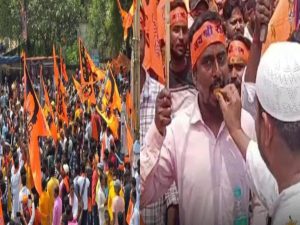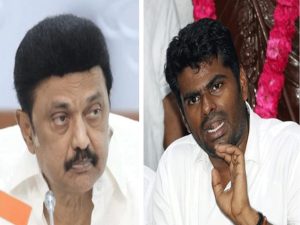
Paris, France – An unfamiliar name might not immediately come to mind when thinking of Mohiniyattam, an Indian classical dance form traditionally performed by women. However, Thomas Vo Van Tao, a rare male exponent of Mohiniyattam, is redefining the contours of this ancient dance from an entirely different geographical and cultural lens. Known for his exceptional abhinaya, the expressive aspect of Indian dance, Thomas has not only embraced but excelled in this art form, making a significant mark as a dancer and teacher in Paris.
After rigorous training in Bharatanatyam for over a decade, Thomas found his calling in Mohiniyattam when he traveled to Kerala. Under the mentorship of renowned dancer Neena Prasad, he deepened his understanding and honed his skills in this intricate dance form. He now performs prolifically and imparts his knowledge to students in Paris. In an exclusive conversation, Thomas shared insights into his journey and the challenges and rewards of being a male Mohiniyattam dancer.
**A Serendipitous Beginning**
Question: What drew you to Indian classical dance?
Answer: It all started when I was about eight. I stumbled upon a television documentary about South India, which concluded with a couple performing a mesmerizing dance. That brief glimpse ignited a profound fascination within me. It wasn’t until a few years later, through a fortunate encounter, that I met my first teacher who introduced me to Bharatanatyam. I dedicated over ten years to mastering it before Mohiniyattam entered my life. While visiting Kerala, I decided to take a class, and it felt nothing short of a revelation.
**Breaking Gender Norms**
Mohiniyattam, often labeled the “dance of the enchantress,” has traditionally been an exclusive domain for women. What led you to this dance form, and how do you navigate any gender-related constraints?
Initially, my transition from Bharatanatyam to Mohiniyattam was driven by an indescribable feeling of plenitude. The slower tempo and fluid movements of Mohiniyattam resonated deeply with me, making me feel a sense of true dancing. In Bharatanatyam, I was steered towards compositions that purportedly accentuated my masculinity, which felt limiting. I yearned for a dance that aligned more closely with my intrinsic self and embraced both masculine and feminine elements. Contrary to common beliefs, my gender was never a constraint; Mohiniyattam offered me the freedom to explore my identity fully. However, I acknowledge that some still perceive my gender as an obstacle.
**Navigating Language Barriers**
Language can be an obstacle in dance.
. How do you manage to emote effectively without always understanding the lyrics?
Language barriers exist, but they are not uniquely my challenge. Interestingly, there’s no similar question posed to Indian dancers from different linguistic backgrounds. We all rely on translations or assistance from friends to decode lyrics. Even native speakers may struggle with ancient texts. Although it’s a common misconception that Mohiniyattam’s entire repertoire is in Malayalam or Manipravalam, it actually incorporates various languages. For instance, the first Varnam taught in Kalamandalam was in Telugu. Knowing the language does enhance spontaneity in abhinaya, but the primary challenge for me is casual communication in Kerala.
**The Intersection of Research and Practice**
With a background in research, has this influenced your dance practice?
Absolutely, my Master’s thesis on Bharatanatyam’s contemporary history significantly influenced my dance journey. My research revealed discrepancies between the historical narratives I studied and the teachings I received, particularly concerning the devotional repertoire of Bharatanatyam. It was this conflict that partly prompted my shift to Mohiniyattam. Though I haven’t formally researched Mohiniyattam, I avidly read whatever I can find. Unfortunately, academic resources on Mohiniyattam’s history are limited, especially since the pre-Kalamandalam era practitioners who could share firsthand knowledge are no longer around.
**Performing in France**
Is it challenging to reconcile your practice of Mohiniyattam, rooted in Indian culture, with your life and work in France?
France has a rich, albeit lesser-known, tradition of non-Indian practitioners of Indian dance dating back to the 1930s. While this history makes Indian dances somewhat familiar, it also complicates setting a context for my practice. Audiences often come with preconceived notions of exoticism, influenced by historical revival narratives. Bridging these cultural gaps involves continuous work, through performances and educational efforts, to dispel myths and foster a deeper understanding.
**Mohiniyattam: A Dance for Modern Times**
Is Mohiniyattam a contemporary dance form? Do you feel the need to adapt it for today’s context?
Any traditional art form, including Mohiniyattam, constantly evolves. Although rooted in history, it remains relevant and continues to develop through contemporary interpretations. I believe Mohiniyattam, with its emphasis on slowing down and observing, is timeless and perhaps even ahead of its time. It continues to flourish, creating new expressions through each dancer.
(Kunal Ray writes on art & culture. He teaches at FLAME University, Pune)
Published: September 23, 2024 05:52 pm IST
Friday Review












